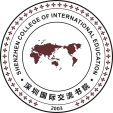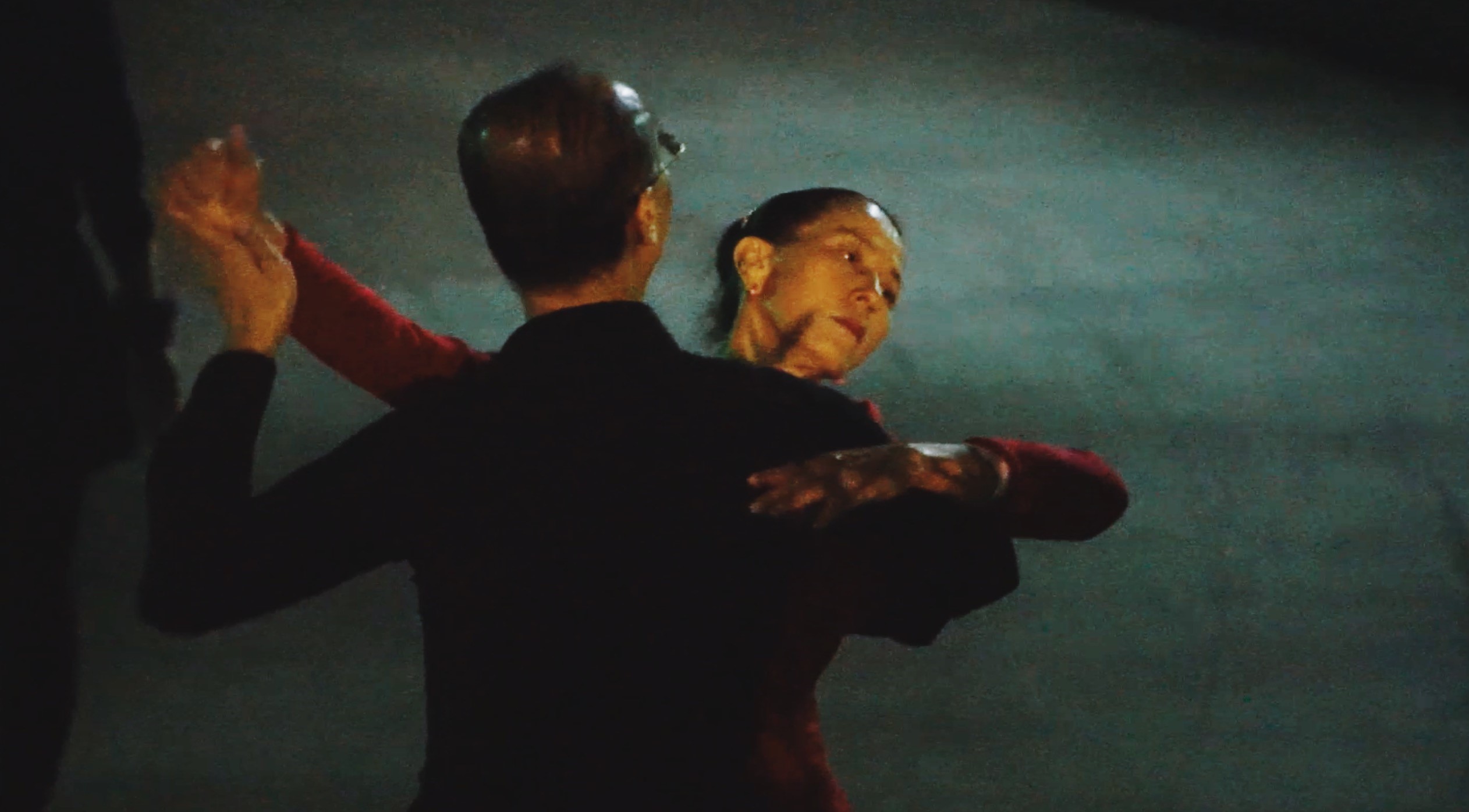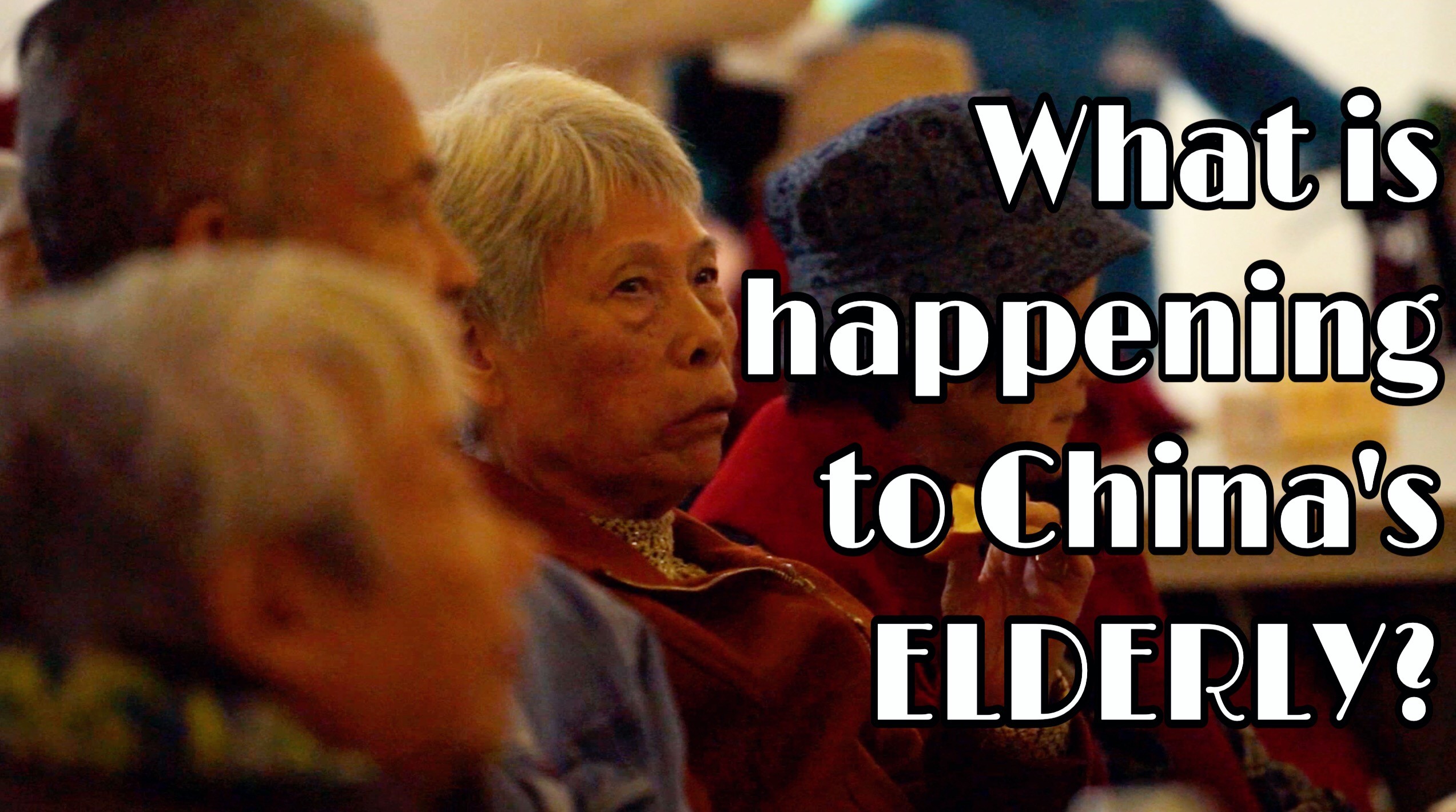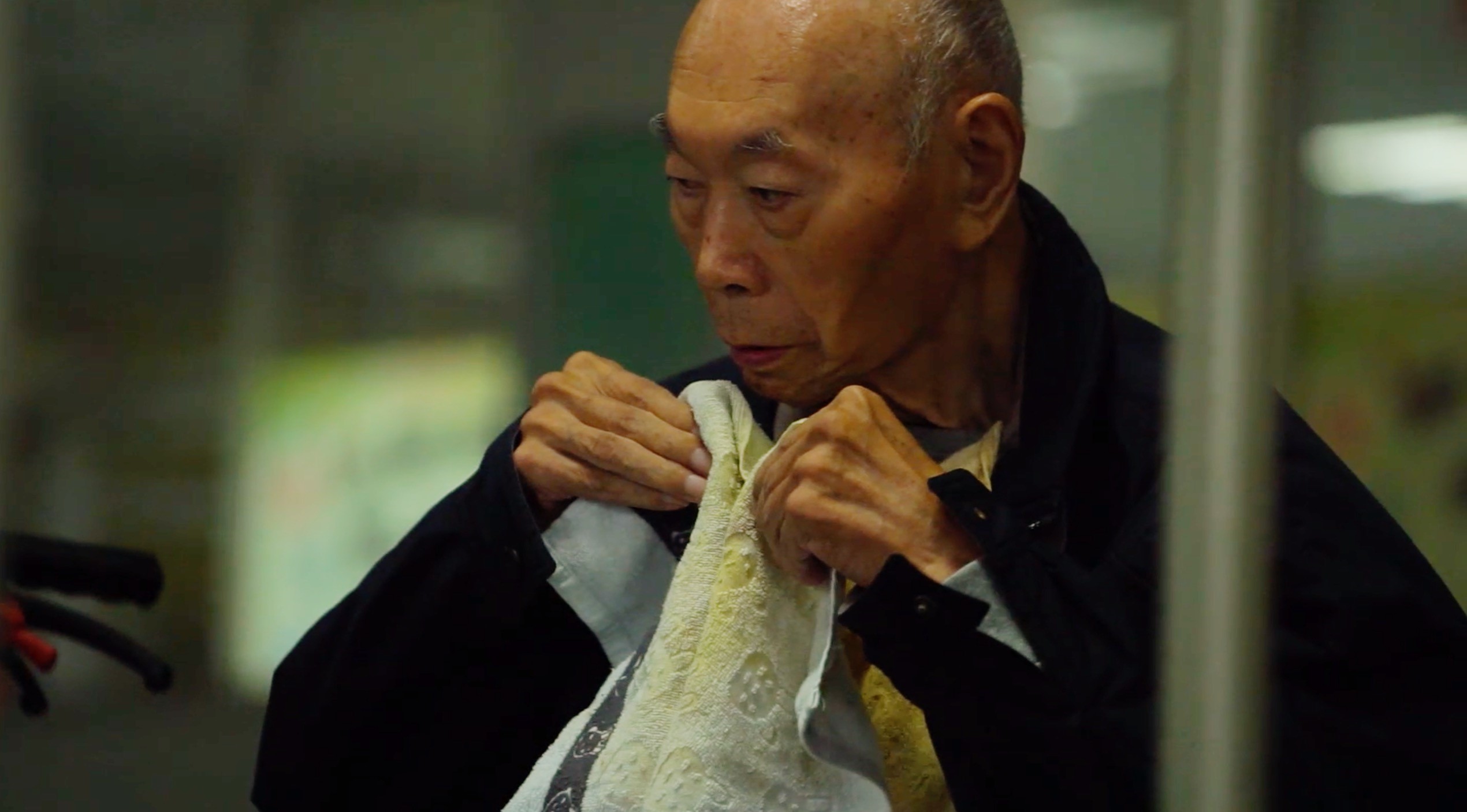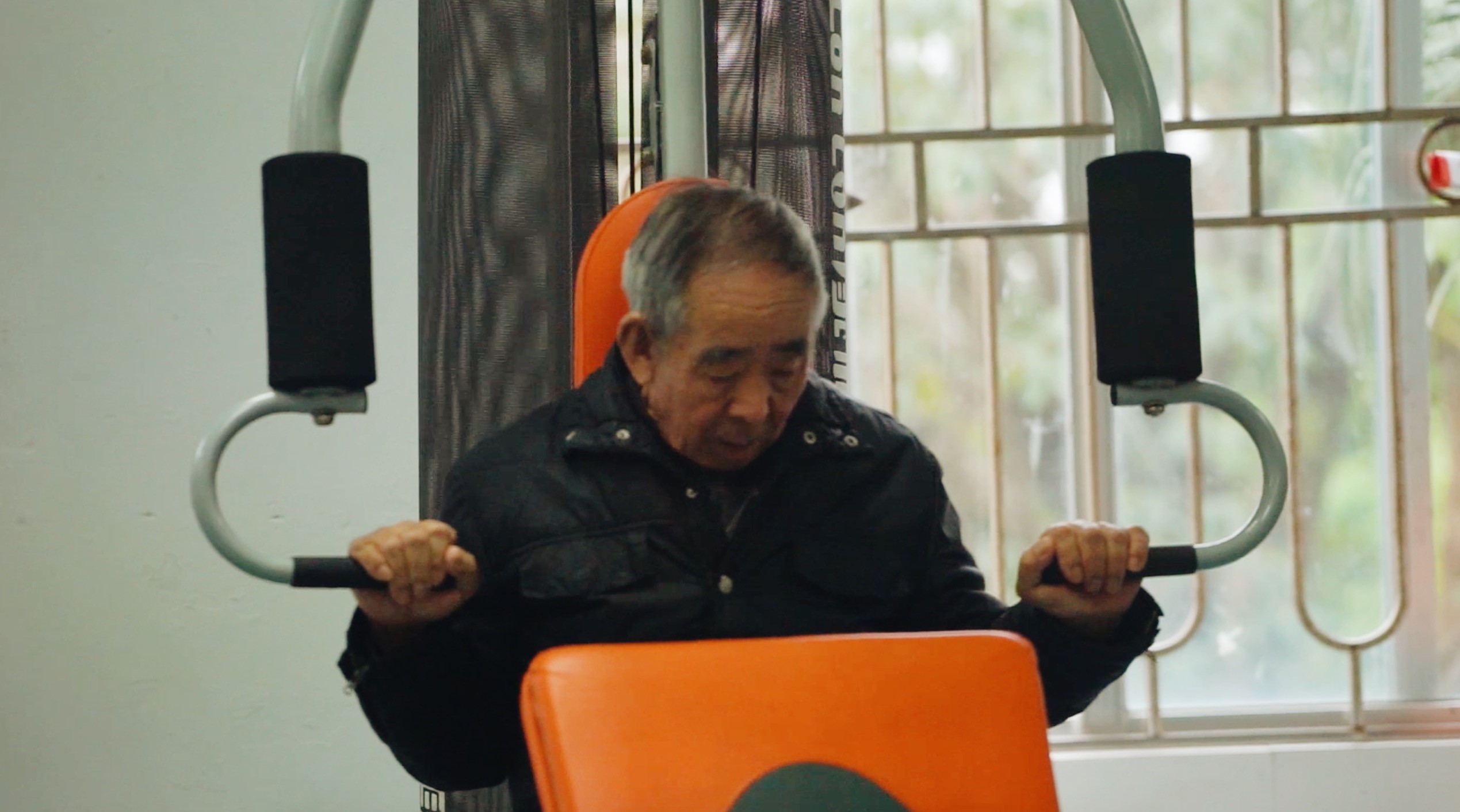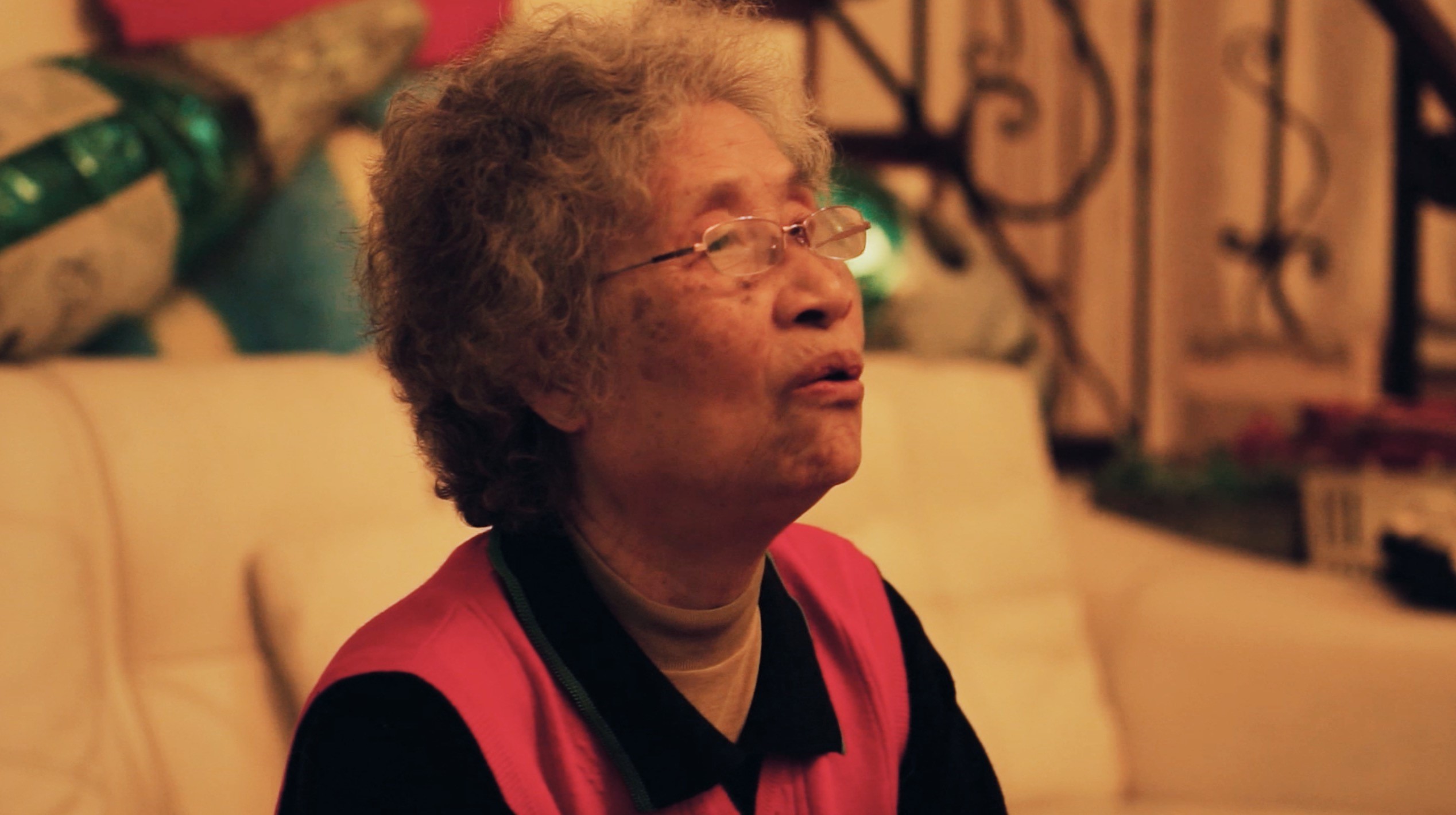G1 Physics Enrichment is a fun and engaging course that involves making projectors from scratch. Everyone participates in crafting projectors from raw materials including cardboard, lenses, paper, straws, etc. The goal of this course is to enrich students with knowledge in physics, and to build student’s leadership and communication skills.
Our teacher provided us with basic materials including cardboard, lenses, mirrors and black paper, along with a detailed tutorial video on how to make a projector. This tutorial also outlines concepts in the physics curriculum such as lenses, the refraction of light, and the reflection of light.
We are taught that black is a good absorber of light rays and heat, and we used these concepts in making our projectors to make it more advanced and to make it function better. For instance, we covered the projector in black construction paper, thus demonstrating our knowledge about light absorbers.


We started by carving and folding cardboard into a rectangular box, then, we carved a circular hole and fitted our lens into the hole. Then, we put a mirror on the bottom of the box, making it 45 degrees inclined from the bottom of the cardboard box. After doing so, we extended wooden sticks form the four corners of our cardboard box and made it relatively high.
This process allows us to complete the next step, which is to carve a platform for our phones to be placed on. Finally, we wrapped black paper to cover the spaces exposed to the light and air. Finally we place our phones onto the platform and play our favorite video in a dark room. The light from the phone will travel down to the mirror and it will get reflected onto the convex lens, which would then be refracted by the convex lens and the rays will converge after they pass through the lens. The rays would continue extend until they reach a screen. Then, the rays would form a real and enlarged image on the wall, which is acting as a screen.


Cutting the mirror was the most challenging part to complete for our group. We struggled to cut a smooth edge to the mirror. We thought this was not a big deal until we tried on to project images from our phones, in which the picture projected is fragmented and broken.
We were at first puzzled about the unclear image, because we followed every step on the tutorial carefully. After breaking down and examining our closely, we found out that the broken mirror was causing the erroneous reflection. This methodology of learning is different from learning from textbooks—we can see the problem of the broken mirror directly and correspond what we see to the knowledge of reflection that we studied in class.


Physics enrichment is not only enrichment in physics. Completing the projector is only a part of the physics enrichment course; another component of the course is advertising. Every group made an advertisement on their projector. We stepped into the academic field of business and tried to sell our projects to our peers using numerous creative ways. We designed our projectors with available materials, and every group’s projectors are unique. All advertisements are super impressive and they reflect my classmates’s diligence and how engaging this interdisciplinary course is.
The G1 Physics Enrichment course does not only incorporate core knowledge from the GCSE physics curriculum, but also other life-long concepts such as group interaction skills, crafting skills, and some education on safety and hazards while handling dangerous equipment. This highlights the important concept of learning by doing, and learning while having fun, which is something that SCIE advocates significantly.
- Article / Yaoyao Yuan
- Pictures / Admissions
